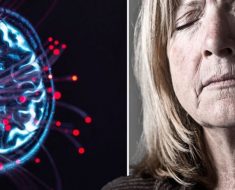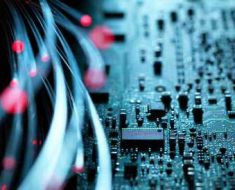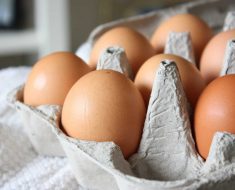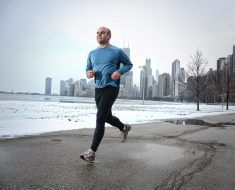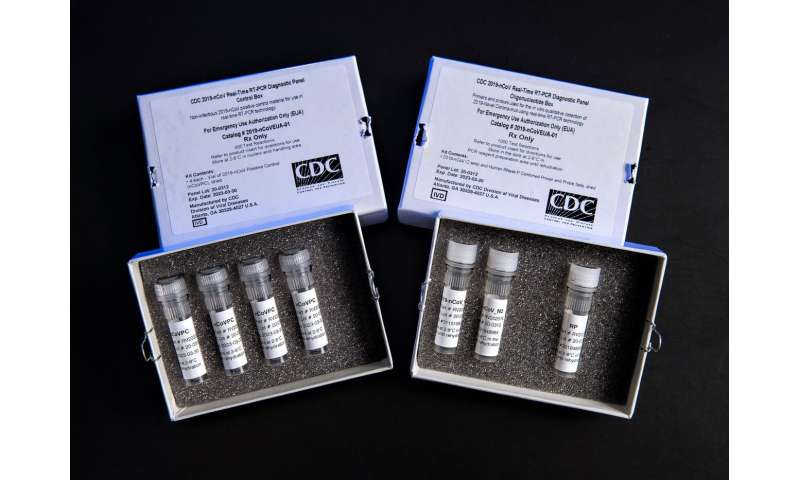
“We need more testing,” is a phrase that we’ve heard throughout the SARS-CoV-2 pandemic.
At the beginning of the pandemic, there was only one approved testing method for detecting the virus in the United States and only a few laboratories had the equipment, materials, and means to correctly perform the test. Yet, with the massive and urgent demand for results, other laboratories quickly had to develop new ways to test using different equipment and materials.
This haste, combined with the variety of new methods created, raised the question: How accurate are the results?
According to one of the world’s first SARS-CoV-2 proficiency testing programs (an objective method for measuring a laboratory’s testing performance and result validity), these newly developed laboratory testing methods are highly accurate for detecting the novel coronavirus, providing confidence in results and assurance for the clinical and public health decisions based on these test results.
A paper on the program was recently published in the American Journal of Clinical Pathology.
“Testing and contact tracing are the cornerstone of an effective COVID-19 control strategy and critical for patient management,” said Frances Pouch Downes, a professor in Michigan State University’s Biomedical Laboratory Diagnostics Program, who has more than 22 years of experience in public health laboratories. “This study demonstrates the wide range of COVID-19 testing methods in use and provides evidence for the reliability of the results.”
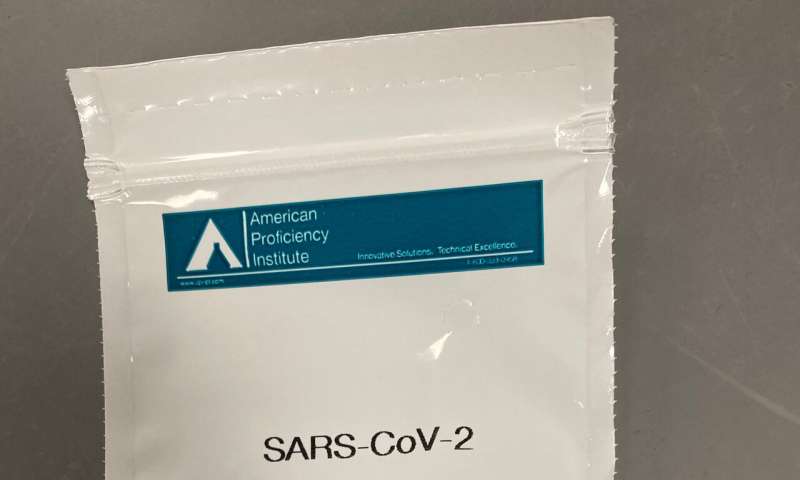
Downes assisted MSU alums Daniel Edson, MS, MT(ASCP) and Danielle Casey, MLS (ASCP)CM , both from the American Proficiency Institute, to conduct the API SARS-CoV-2 proficiency testing program. API has nearly 30 years of experience performing proficiency testing. More than 300 clinical laboratories across 46 states and four countries participated.
Participating laboratories received two safe, non-infectious virus samples, one positive, containing the virus, and one negative, no virus. Both samples were then tested utilizing more than 30 combinations of equipment and testing solutions in the respective laboratories to determine detection or absence of the virus. Results were then submitted to API and given a score.
Qualitative data from API illustrates that, across the board, clinical laboratories are highly accurate in detecting SARS-CoV-2 using a variety of different molecular testing methods—97 percent of participating laboratories correctly detected the virus in the positive sample and 98 percent of laboratories confirmed the absence of the virus in the negative sample. Some of the most commonly used testing methods reported 100 percent accuracy.
Of the incorrect results reported, 76.9 percent were likely related to clerical error. Final evaluations containing validations for accurate results or follow-up actions for incorrect results were then reported back to the corresponding laboratories.
Although overall performance in this SARS-CoV-2 detection challenge was excellent and should provide confidence in test results, Downes noted that additional studies are needed to determine the reliability of newer COVID-19 antigen and antibody tests.
Source: Read Full Article
